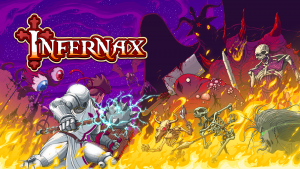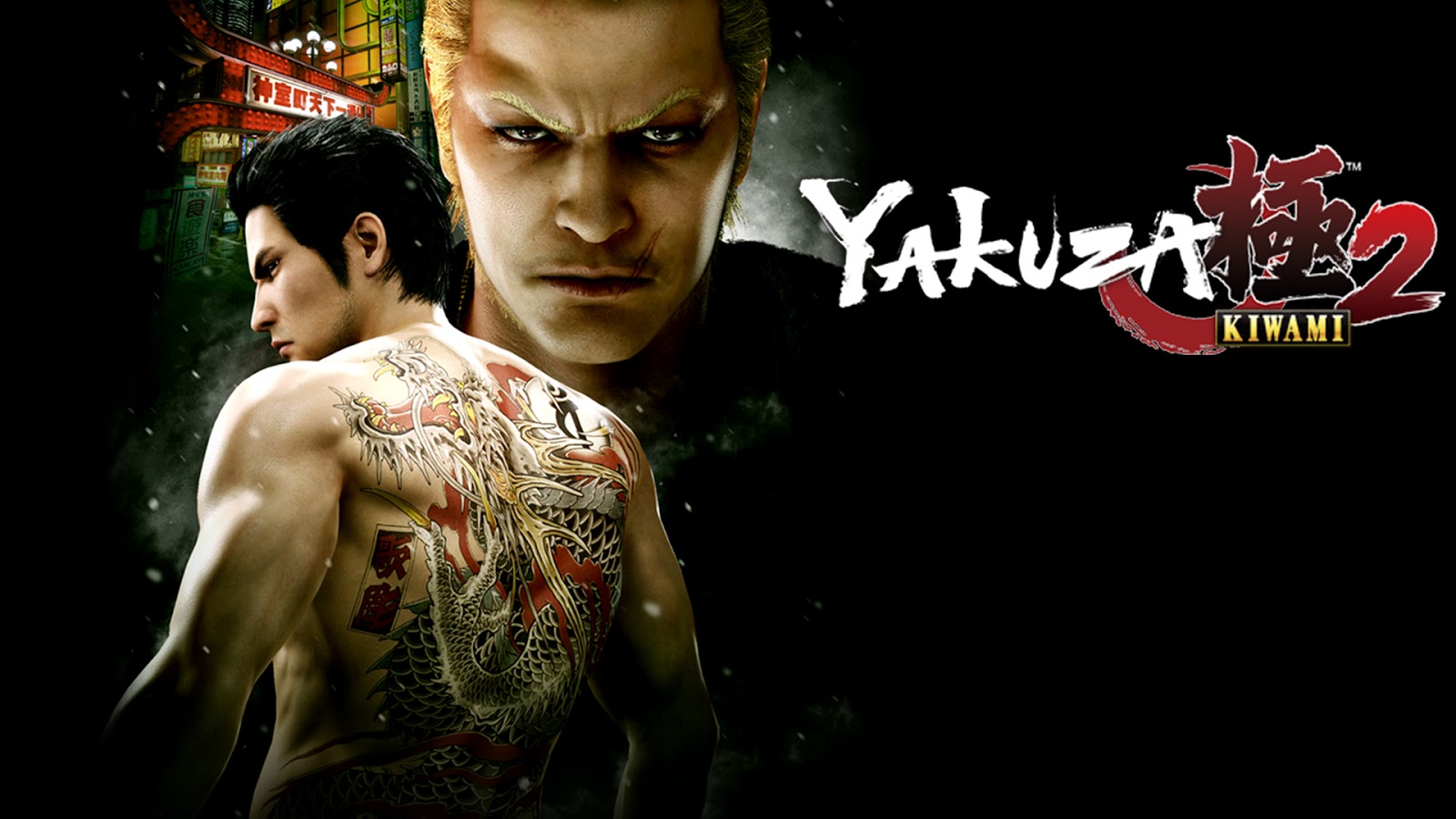
Although the Yakuza series has been popular in Japan for quite some time, it wasn’t until the release of Yakuza 0 that the thirteen year old franchise finally found a significant audience in the West. When the first entry in the series was initially released outside of Japan, it received an infamous dub that undermined its appeal, and made it difficult to make waves overseas. However, since Yakuza 0 was a prequel, it offered an excellent entry point into the series, and last year SEGA also released a full PS4 remake of the original game, Yakuza Kiwami. While Kiwami failed to reach the storytelling highs of 0, it offered more of the fun open-world shenanigans that the series is known for. Yakuza Kiwami 2, a remake of the final PS2 entry in the series is finally upon us, and it offers a fully realized reconstruction of the nearly twelve year old game that has revitalized its gameplay, while preserving Yakuza 2‘s strong writing.

For the uninitiated, the Yakuza series are narrative focused action games set in small-scale open worlds. They tell the story of Kiryu Kazama, an ex-member of the Yakuza who finds himself in constant battles for and against the prominent Yakuza organization, the Tojo clan. The plots of these games are labyrinthine, filled with constant betrayals, twists, and revelations. They reaffirm and refute the notion of honor amongst these crime syndicates, painting tales of found-families, sacrifice, and insidious schemes. Their stories are usually quite grave in tone, but sometimes not, and always very, very Japanese. In addition to their sprawling central stories, they are set in lived-in depictions of Japanese city districts, filled with wacky side-content that works as a palette cleanser for the central plot.
Yakuza Kiwami 2 remakes the second entry in the series from the ground up in Yakuza 6’s Dragon Engine. The result is a significant improvement in visual fidelity over the previous remake, adding greater detail to the familiar sights of Sotenbori and Kamurucho, as well as improving facial animation during the frequent cut-scenes. While the engine change has unfortunately led to a notable frame rate hit when compared to the other PS4 entries in the series, small details like the ability to seamlessly enter buildings, battles, and other areas without load times make a big difference.
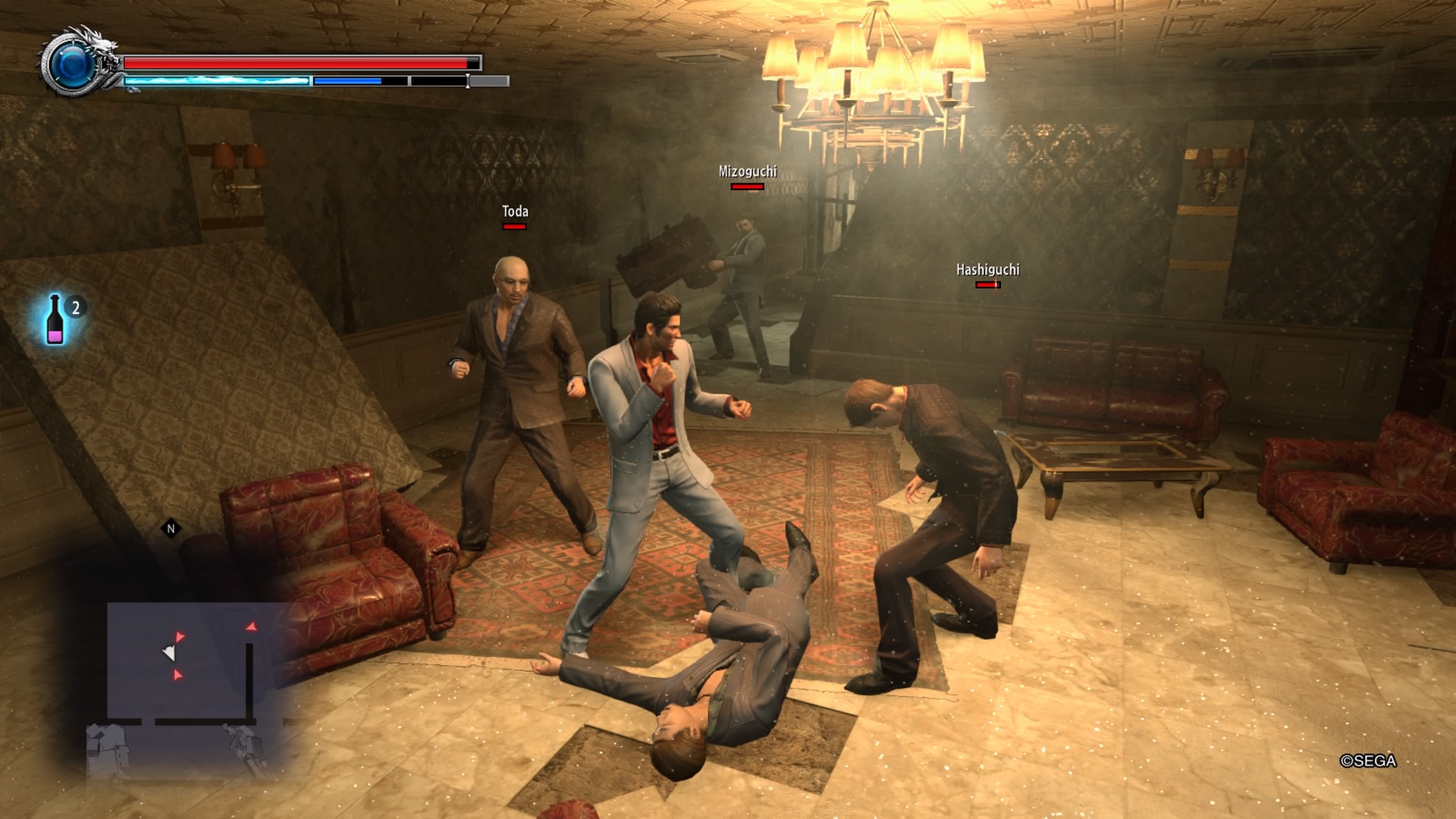
A more substantial result of the switch to the Dragon Engine is that the general feel of fights have changed. Combat is still based on stringing together sequences of light attacks into heavy finishers, using grabs to get through enemy blocks, and using sidesteps and blocks for defense. You still build meter through blocking and hitting your opponents, culminating in Heat Actions which can only be triggered in specific situations, but that result in occasionally hilarious canned animations that blow through enemy health bars. However, the change to the Dragon Engine has changed the nature of fights by putting more of emphasis on rag doll physics, which dramatically changes the effect of knocking down an enemy. In previous games the core combat loop consisted of knocking enemies down so that you could perform Heat Actions on them. While this was the quickest way to deal with enemies, it was also fairly monotonous, and despite the fact the 0 and Kiwami 1 both had multiple fighting stances that you could switch between, most fights boiled down to doing the same simple sequences over and over again.
But in Kiwami 2, the changes to physics weaken this approach dramatically. Enemies can fly a reasonable distance after being pummeling with heavy knockdown attacks, meaning that a Heat Action follow up isn’t guaranteed. This forces players to deviate from this simple combo, which when combined with the improved upgrade system that exposes more moves, makes things feel more dynamic. Additionally, the Heat bar is far larger than in the past and there are far more Heat Actions, meaning that these powerful moves can be accessed more frequently and in more varied scenarios. Boss fights, which previously would frequently end up becoming irritating slogs, have been improved dramatically due to longer vulnerability sequences after enemy attacks, less aggressive attack patterns, and fewer moves that break through your blocks. Admittedly the beat’em up gameplay doesn’t rival the complexity of character-action titles like Bayonetta or DMC, as there are essentially only four core combos. This isn’t helped by the fact that there is also a dearth of enemy variety. However, the defensive mechanics like parrying feel tighter than in the past, and enemy attack patterns just feel generally fairer. Overall, the brawls are still dumb fun, the satisfying catharsis of landing a heavy attack on a group of thugs, sending them all careening backwards as their bravado crumbles remains an entertaining diversion from the lengthy story sequences. Additions like the ability to grab an opponent mid-combo, as you twirl them around like in Super Mario 64, take full advantage of the more fluid engine by modeling your enemies flailing bodies. While my initial take on the combat system was that it felt sluggish, and not deterministic enough, the additional abilities gained through upgrades dramatically improved the complexity and responsiveness of the fights.
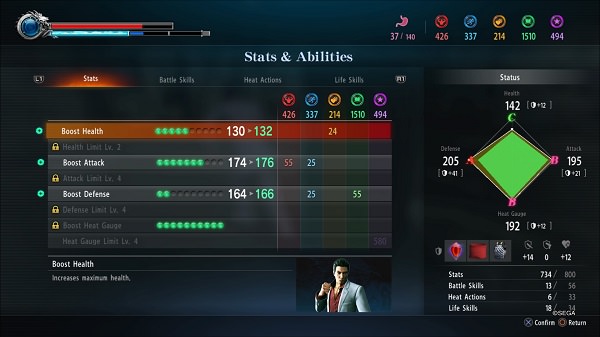
The leveling system has seen a significant improvement over the convoluted tech trees of previous games, as you can just directly purchase the vast majority of upgrades. These upgrades include improvements to your core stats, new moves, new Heat Actions, and general improvements like increased sprint time, or quicker XP gain. The improvements in the upgrade system pairs well with the new hunger mechanics, creating an engaging feedback loop. By eating at restaurants you can dramatically increase your XP gain, but the amount of food you eat is limited by the hunger gauge. The gauge goes down naturally over time, but decreases more quickly when you get into fights, creating a good incentive to engage with the improved combat. While I would actively avoid random enemy encounters in the open-world in previous games, the improvements to Kiryu’s move set and the rewarding upgrade system incentive me to engage with combat more than I had in the past.

Besides fighting random punks on the street, the world is filled with a plethora of side-stories, ranging from protecting an orphanage from an exploitative con-artist, to fighting grown men dressed up as babies. While their brevity somewhat limits their impact, the side stories are usually ridiculous, sometimes hilarious, and occasionally poignant. They are welcome diversions that help complement the mainline story progress, offering the series’ trademark quirkiness, in tandem with its underlying optimism. There are also some beefy sub-games present, offering up a small-scale management sim, and RTS respectively. Cabaret Manager from Yakuza 0 makes a return, tasking Kiryu with staffing and running a cabaret club. You have to manage the staff, recruit hostesses, cultivate their stats, and balance your nightly roster. Then when you open the club for the night, you must pair up hostesses with customers based on their preferences, respond to customers’ requests, and choose when to use your Fever Time bonus, a boost that increases profits for a short while. All of these options and interactions make for a satisfying and reasonably deep experience that even has its own completely separate side-plot, which lightly ties into the events of Yakuza 0. Alongside the Cabaret Manager, there is also the Majima Construction sub-game, a simplified RTS in which you command the forces of the fan-favorite character’s upstart construction business. While it’s relative simplicity and somewhat clunky console controls limit its appeal, it offers a palate cleanser from the beat-em up gameplay, and also has its own independent story. Between the sub-stories, fairly meaty sub-games, underground fight club, and abundance of mini games, there’s a substantial amount of side content that makes the districts of Sotenbori and Kamurocho feel like lively, specific places, a trait that many modern open-world games lack.
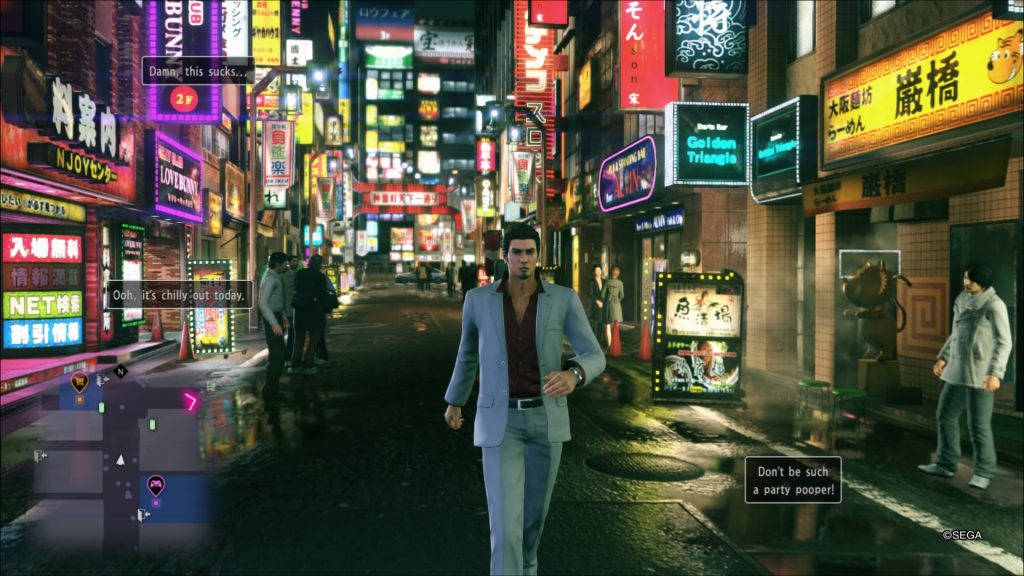
However, the main attraction is certainly the operatic, overarching story. Kiwami 2 picks up a year after the previous game left off, with Kiryu having distanced himself from the Tojo clan. However, after a dramatic event stirs up tension between Tojo, and their Kansai based counterpart, the Omi Alliance, Kiryu decides to aid the clan in alleviating animosity. Simultaneously another sequence of events is set in motion, with the after effects of a Tojo clan purge against a Korean mafia organization, the Jingweon, unfurling in tandem. Like previous titles, the course of the narrative is rife with enthralling twists and turns, but is ultimately held together by its characters, musings on family, and its representation of the contradictory nature of the Yakuza. While the two main plot threads feel disparate at first, and some of the revelations feel initially unearned, these threads eventually weave together, offering mostly satisfying explanations for character motivations. While Kiwami 1 was ultimately hurt by problem’s with the original game’s script, including an abundance of narrative fetch quests that caused pacing issues, Yakuza 2’s story stands the test of time much better. It may not reach the immense highs of Yakuza 0, but that is a somewhat unfair comparison for any game.
The strength of Kiwami 2’s story largely extends from the additions to the cast. One of these new characters is Sayama, a driven Osakan cop who works with Kiryu to try to discover the identity of her parents. Additionally, the patriarchs of the Omi Alliance present a cadre of fresh villains, representing the different faces of organized crime both in caricature in a more granular fashion. Kiryu’s Kansai counterpart, Ryuji Goda stands as an interesting foil and reflection of our protagonist, another man who hinges his identity on his ability to fight, but who lacks the empathy that Kiryu exhibits. Similarly, the Jingweon mafia represents a darker reflection of the organization that Kiryu fights for, their philosophy more extreme, and their actions more grave. Its depiction of organized crime points out the Yakuza’s fundamental contradictions, an organization that makes money off of illegal dealings, but is supposedly bound by notions of honor and responsibility. While this dedication to honor clearly isn’t held by all members of the Tojo clan and Omi alliance, the range of motivations presented for members to serve in these crime syndicates is immense, including both those who abide by their organizations underlying ideals, and those that strive for personal power. Amidst all of this are the series’ signature musings on found-family, with Sayama’s quest to uncover her past earning a well-deserved lion share of screen time. While Kiryu feels motivated to protect his surrogate family, Sayama is driven to find out her origins, Ryuji is obsessed with surpassing his father, and the Jingweon seek to avenge the deaths of their compatriots. Ultimately, its main plot threads, themes of family, and musings about organized crime syndicates all meld into a satisfying conclusion that bookends all of these ideas in a climatic showdown.

Yakuza Kiwami 2 is a significant improvement over its predecessor, levying the advantage of a stronger script with the boons of Yakuza 6’s frame work. While its brawling mechanics are ultimately limited by their simplicity, leading to a lack of variation in the core gameplay loop, the world is full of charming side missions and fairly robust sub-games. Between the sights of Tokyo and Osaka, the specific cultural context of these criminal organizations, and other particularly Japanese institutions like host clubs, Yakuza Kiwami 2 continues the series’ penchant for offering a wonderfully bizarre and sincere glimpse into this incredibly specific world. At the end of the day, there’s really not much else out there like this series, and the gaming space is a more interesting place thanks to its existence.
Rating 9.2

